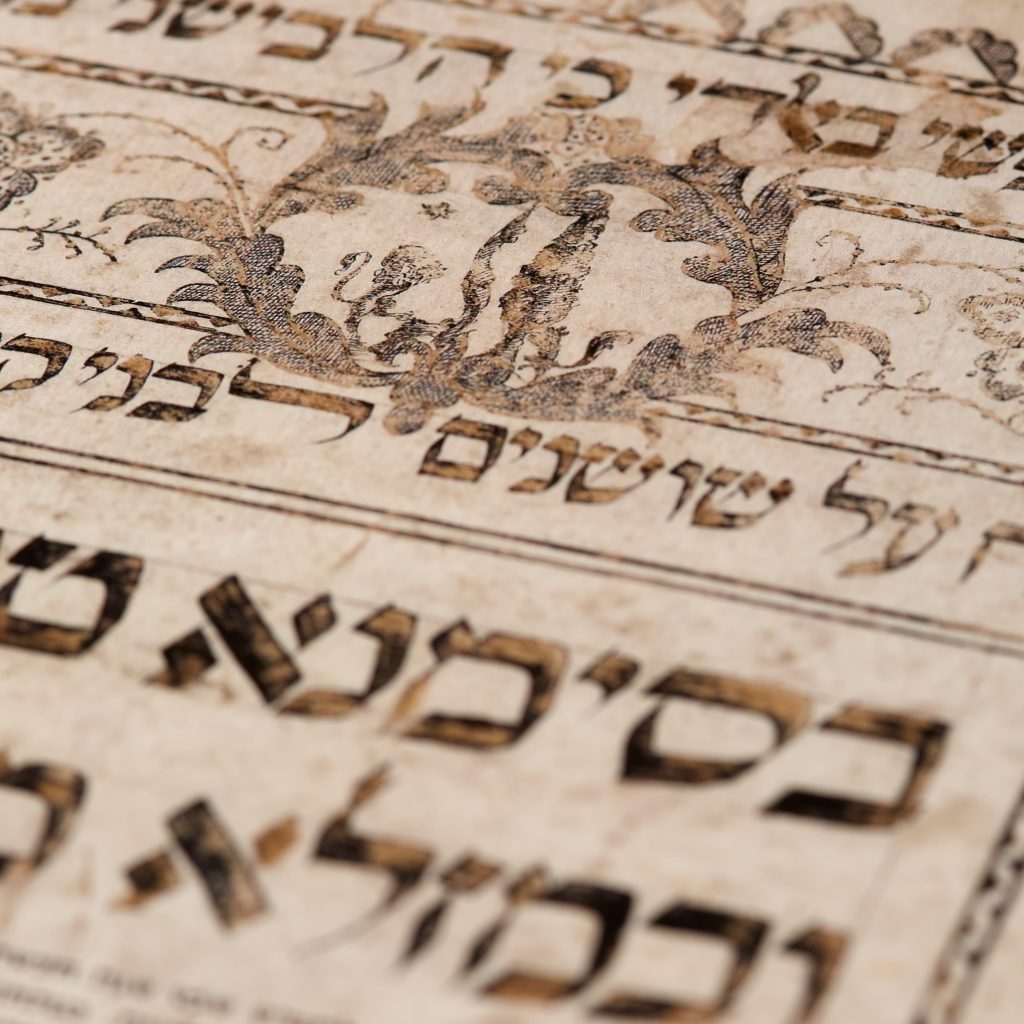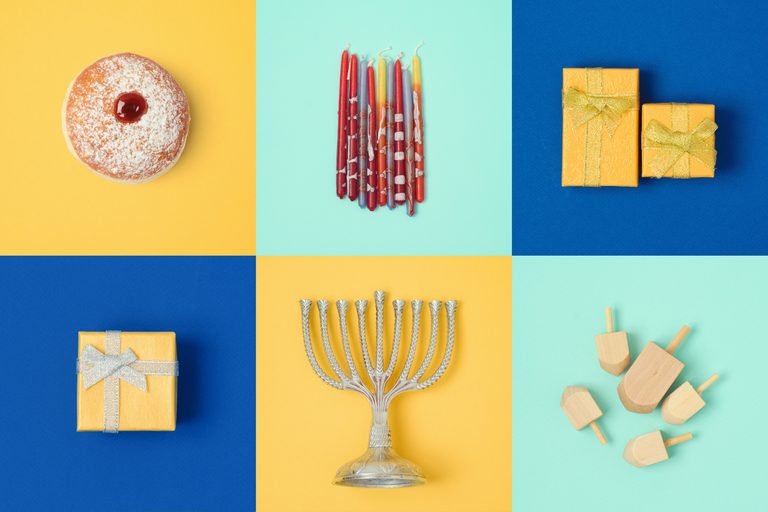All about the other other Autumn Jewish Holiday
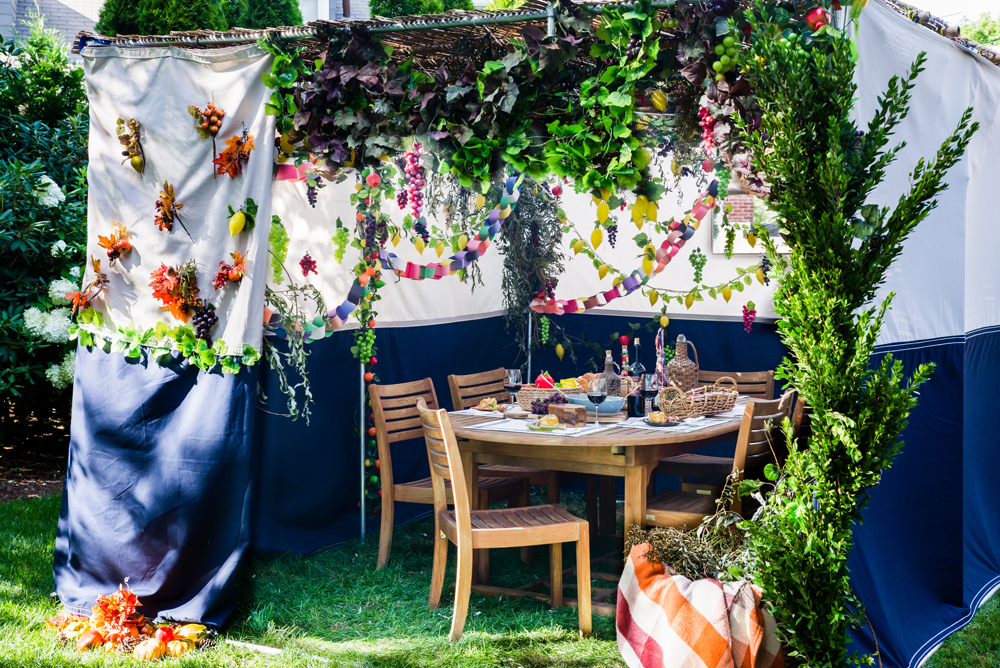
This time of the year can be pretty hectic with back-to-school, wedding planning, and a bunch of Jewish holidays all packed into a short timeframe. There are so many Jewish holidays in late summer/early autumn that one of them often gets overlooked, if not completely forgotten: Succot.
Often overshadowed by its flashy predecessors, Succot commemorates the time spent travelling through the desert, with G-d’s protection covering the Jewish people. It’s easy to lose this holiday in the fold of all the others happening this time of year, so we wanted to show you some of the interesting traditions surrounding this holiday, and maybe you’ll take some of them on! This year, Succot runs from October 10 – October 18, so we wanted to make sure that you saw this with plenty of time to prepare!
The Succah
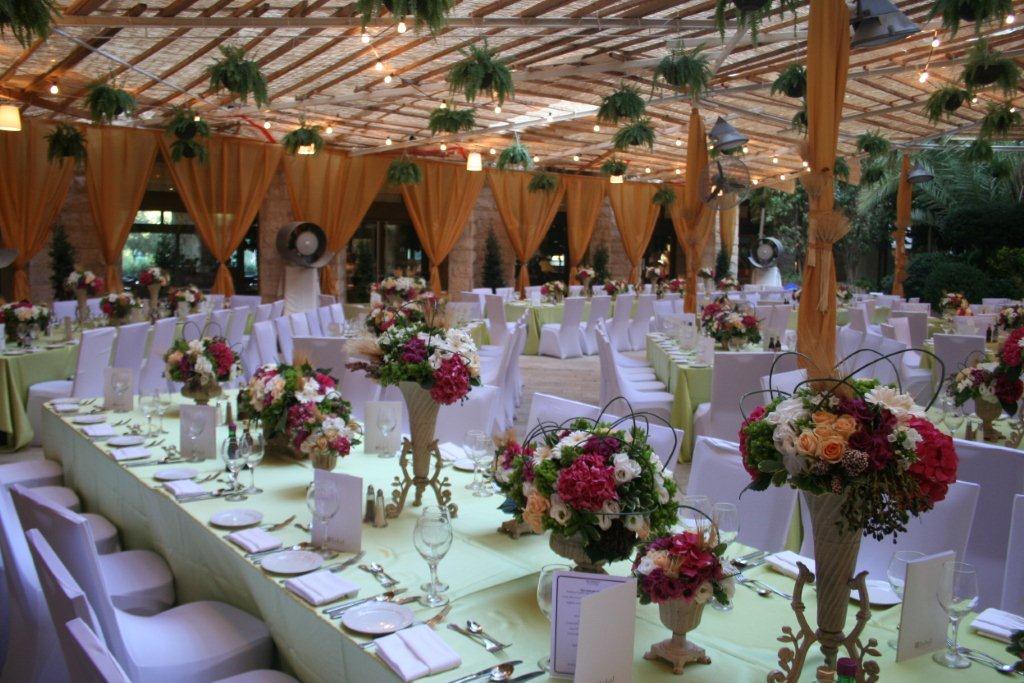
After the exodus from Egypt, the Torah tells the story of the Jewish people’s journey to the land of Israel. While travelling through the desert, they were lead by a column of flame during the night, and enveloped by a cloud when travelling during the day (Exodus 13:21). During that time, the Jewish people would build temporary huts to live in, which could be disassembled when travel resumed. Today, as columns of flame and cloud are hard to come by, we commemorate and honor this protection by building a Succah: a temporary dwelling, often made of natural materials (like wood, bamboo, leaves) to connect us to that temporary, transitory time in our people’s history. Most people build them in their backyards, or on their balconies, allowing you to gaze up at the sky through the natural canopy. Glamping anyone?
The Four Species
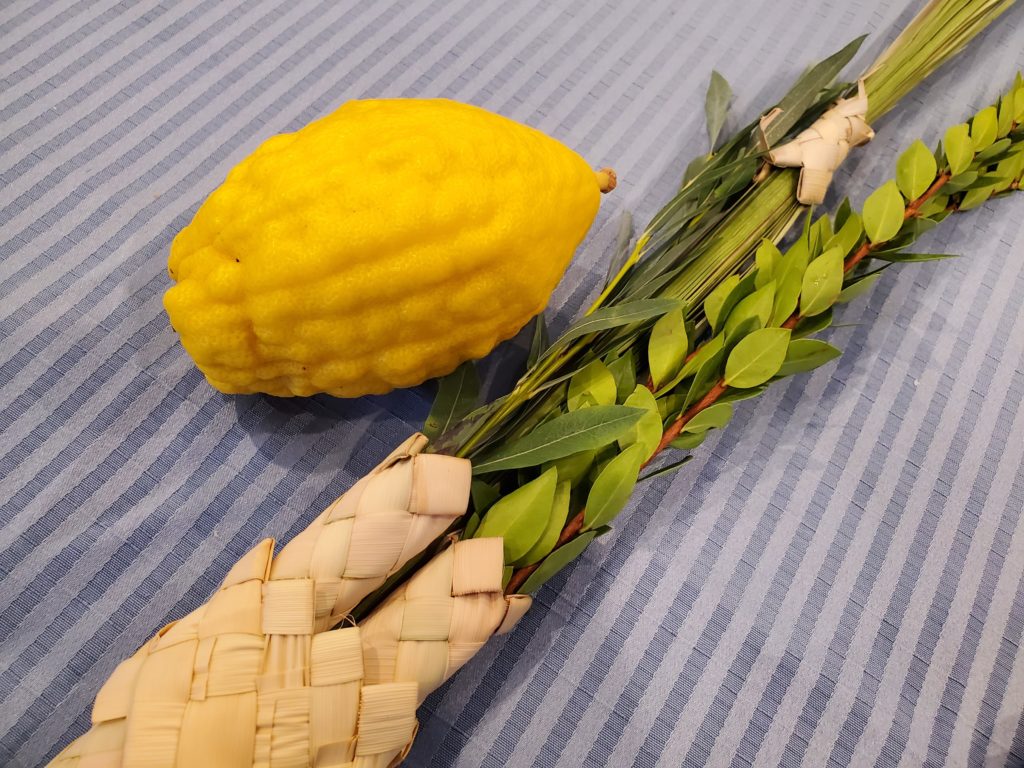
One of the most iconic elements of the holiday is the inclusion of the Lulav and Etrog as part of the holiday services. Accompanying them are branches from the myrtle and willow trees. The significance of these items is often debated, but it’s widely accepted that they represent various parts of the human body: the lulav represents the spine, etrog the heart, myrtle depicts the eyes, while willow portrays the mouth. This body, made up of nature, furthers our connection to the natural surroundings of the Succah. It is a common practice to pray in the Succah, often while holding the four species together.
The Foods of Chag Ha’Asif
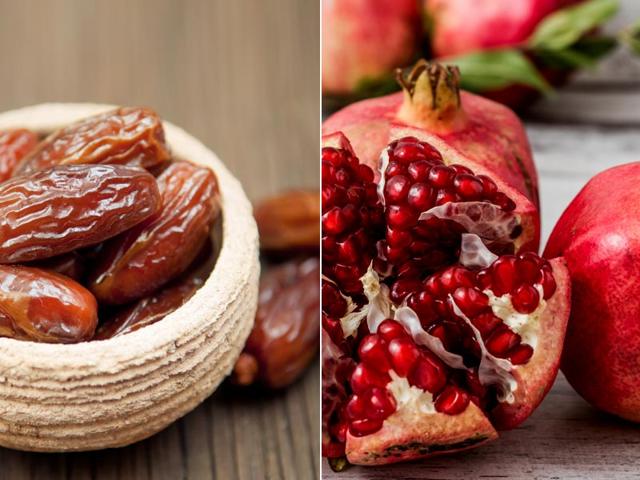
Jewish holidays are often remembered for their food. Pesach has Matzah, Channukah has Latkas, and Rosh Hashana has apples dipped in honey. By contrast, Succot doesn’t really have any of that. The food of this holiday is less of a specific dish and more of a general guideline. One of the other names for this holiday is Chag Ha’Asif, the festival of gathering crops. It’s traditional to eat fresh fruits and vegetables, like those gathered in the land of Israel. People will often decorate their succahs with images of the Lulav and Etrog, but also with images of pomegranates, fresh dates, and honey. While there isn’t a specific requirement to eat these, they have become common staples of the holiday. A fruit and nut charcuterie board would be perfect for the occasion!
A Time To Celebrate

After the frantic rush that often makes up the Rosh Hashana and Yom Kippur holidays, it may seem like the last thing you’d want is yet another holiday. But in some ways, Succot is the perfect counterpoint to that. We spend so much time preparing for the high-holidays and stressing out about them that we just want to relax and breathe a bit. That’s where Succot comes in. It’s the holiday at the end of the holidays that say “relax.” While there’s still plenty to do and prepare for during the holiday, you can take solace in knowing that its’ the last one, for a while, so take a moment to sit in your Succah, enjoy the cool fall breeze, and enjoy the time with your loved ones.


